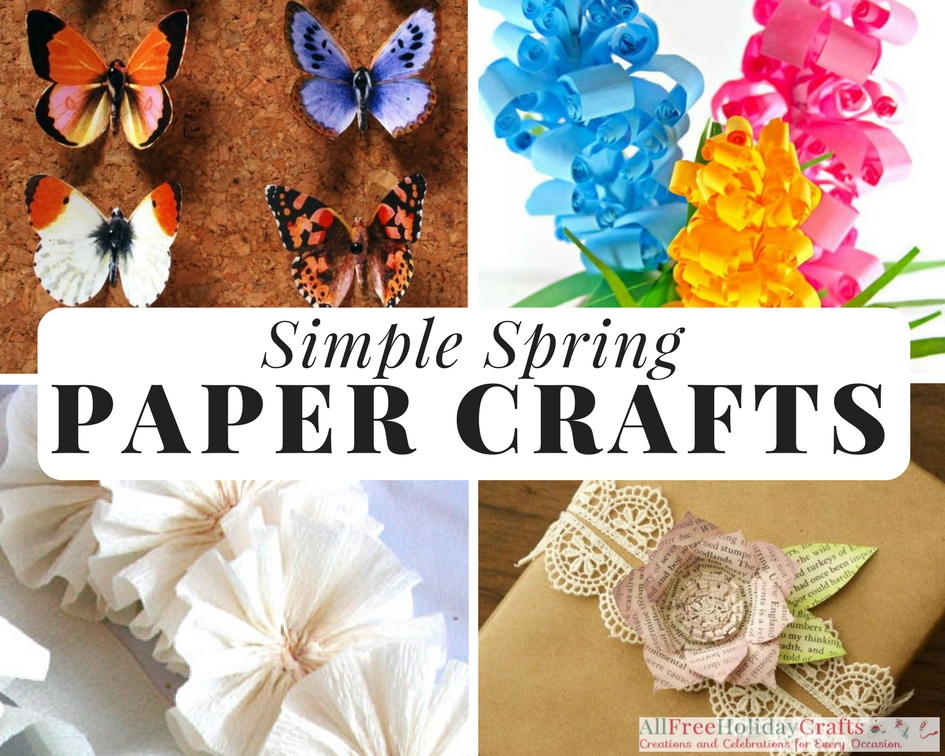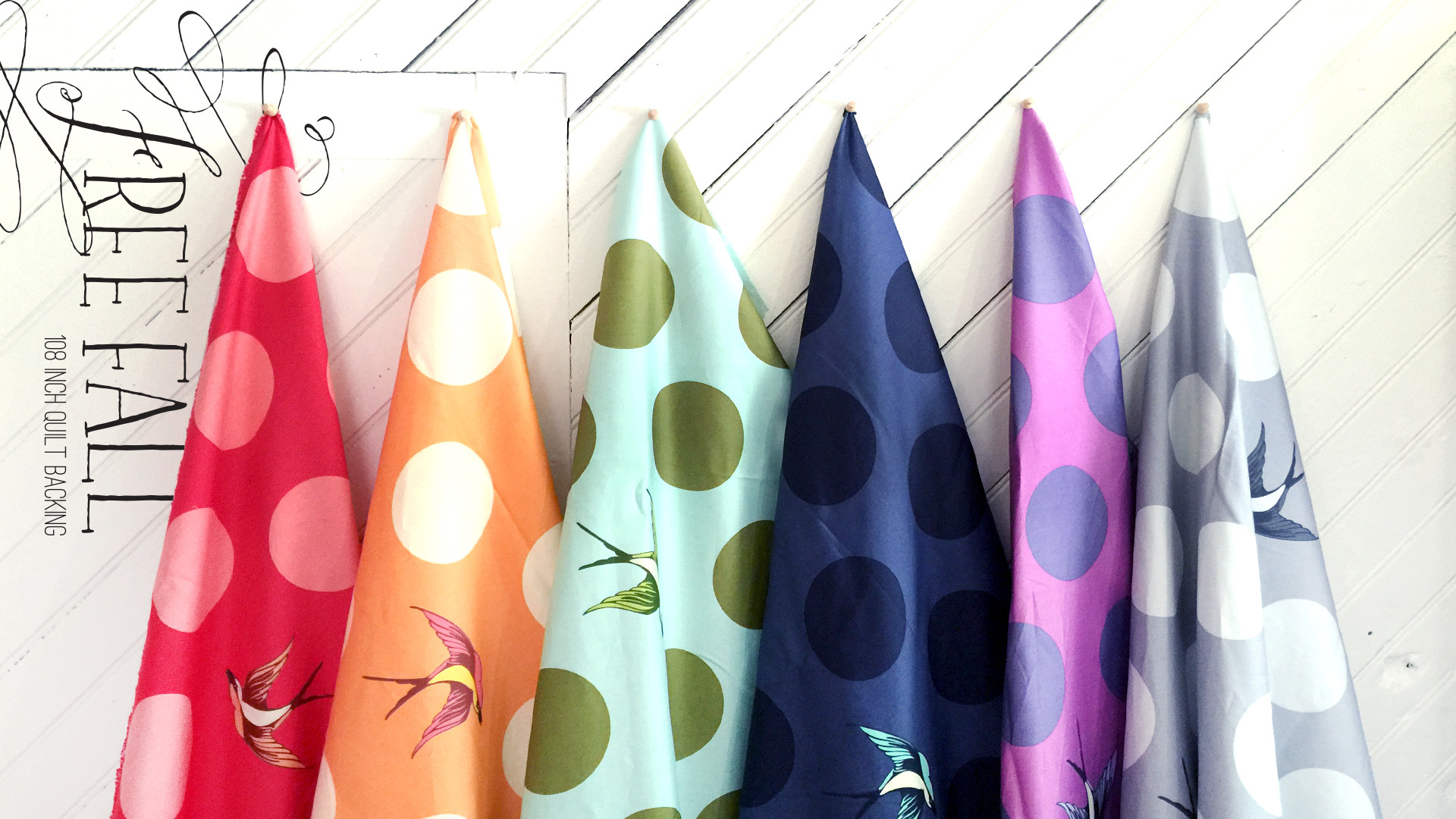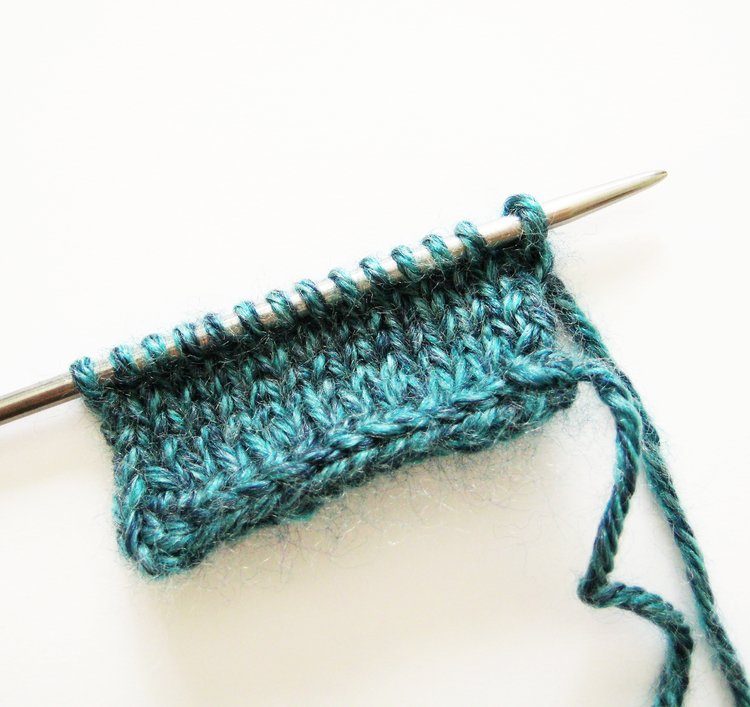
To knit magic loop, you must use a circular needle that is long and flexible. The circular needle should have an extra long cord, and you need to separate the cord in the middle of the sts you wish to work with. Then, slide each st to the tip of the needle without twisting or pulling.
Here are some tricks to make a magic ring work.
Magic loops are a very popular method of crocheting. Bev Galeskas and Sarah Hauschka are two of the most popular designers who use this method. Divide each stitch into 2 parts when you work in a magic knot. One section is for the free tip of your circular needle and the other is for the cable portion.

In order to work in a magic loop, you must first pull the working yarn through a small loop. After that, yarn over and tie one. After the stitches are completed, pull the working yarn gently on the tail to close the loop.
Circular needles are for magic loop
The modern knitting workhorses are circular needles. They can be used in both flat and in the round knitting and are much easier to use than traditional straight ones. Circular needles are required if you want to knit magic loop.
Use circular needles to make magic loops is a skill that must be learned. With the tips facing the right, place the back of the needle on the work yarn. This way, when you turn the work over, the back needle will be at the front.
Problems when knitting in a magic circle
The most common problem with knitting in magic loops is the tendency to create yarn-overs. This happens because you do not bring the yarn up and away from the cord. To avoid yarn-overs, you must ensure that you raise the yarn and move away from the cord before you turn your needles.

Another problem that can occur when knitting in magic loops is laddering. This occurs when there is slack in between two stitches. This can be hard to fix later. This problem can also lead to visible bars or columns of loose stitches along the length of a project. Knitters can avoid this problem by loosening the tension between the stitches.
FAQ
What kinds of hobbies are appropriate for introverts.
Introverts can concentrate on one thing at the same time. They prefer solitude, such as reading, writing music, or watching movies.
They also enjoy quiet time. However, they don't like socializing all day. They can even become bored when they're surrounded by people.
Introverts are often drawn to hobbies that require solitude. Introverts may love reading books, listening and/or playing music, or painting, drawing, writing poetry and taking photographs.
Some introverts will even live alone. This allows them to focus on their hobby without being distracted by other things.
What are your favorite hobbies right now
Popularity is not always a positive thing. It can be used to justify mediocrity. The fact is that most people do not have time to pursue any hobby they want. They're too busy working to make ends met. You don't have the time to do all of these things. You could open a business.
However, this isn't easy. There are many obstacles to overcome before you can turn your idea into reality.
You should look into a hobby if you want something more thrilling than running your own business.
Hobbies can be more than just creative pursuits. There are many different kinds of hobbies available. Here are some examples:
-
Gardening
-
Cooking
-
Photography
-
Reading
What are the best ways to find a hobby?
It can feel overwhelming to start your search for a hobby when you first begin.
You're likely thinking, "I can't be very artistic" or "I have no idea what I'm doing."
The truth is that you likely already have a lot experience in your chosen hobby.
It's simply that you haven’t yet realized it.
Take a tour of your house. How many things do you own?
Do you have any toys from the past?
Perhaps you have a collection.
Perhaps you have always wanted to be a chef.
Perhaps you would like to play guitar again.
Whatever it is, there's likely something you can turn into a hobby.
The key is to see that you already have many experience to draw upon.
Once you have done that, you will be able choose a hobby that suits your lifestyle.
What are your educational hobbies?
An educational hobby involves a sport or other activity where you can learn something from doing it. It could be anything, from playing sports to learning how an instrument is played.
It should be enjoyable and have fun. You don't have to do it all the time, but if you find yourself getting bored, then you need to think about what else you could be doing instead.
Also, you need to be careful not to spend too much on these activities. They can end up costing more than you think.
Statistics
- 37% Video Games 36% Travel 36% Health and Fitness (quizexpo.com)
- Much of this decline reflects the fact that teens are less likely to work today than in the past; among employed teens, the amount of time spent working is not much different now than it was around 2005. (pewresearch.org)
- This 100% accurate personality-analyzing hobby quiz discovers your passion based on your characteristics. (quizexpo.com)
- I am 100% biologically a woman (discover.hubpages.com)
- Studies show that just six minutes of reading can reduce stress levels by 60 percent. (oberlo.com)
External Links
How To
How to learn a musical instrument
There are many methods to learn music. You could attend a school, read a book, get lessons from someone who plays a musical instrument, or look at videos online. If you are determined to learn on your own, these tips and tricks might be helpful.
-
Find something you are interested in. If you don't like any of the instruments you see around, then you should try another one. If you don't like playing an instrument, it would be difficult to learn how to play it.
-
Be patient. Learning something new takes time. Do not expect to be able to master every aspect of the subject immediately. Instead, practice every day.
-
Regular practice is important. You can do this even when it is hard. This will ensure you don't forget what lessons you have just learned.
-
Pick a place where you can practice. Ideal is a quiet area where you don't have to disturb anyone else. Also, make sure that there aren't too many distractions. You should avoid loud music being played near you.
-
Have fun. Music should be enjoyed. You should have fun practicing music. Being happy will inspire you to keep practicing.
-
Set goals. If you set goals, then you will know exactly how you want to get there. Failure is not an option.
-
Keep track of your progress. Write down all of your accomplishments and failures. This will help you to improve your performance over time.
-
Pause. Sometimes it is enough to just stop and think. You will be able to take breaks and think about the things you are doing.
-
Ask questions. Ask others if there are any doubts or questions regarding the instrument. They may be willing to help.
-
Learn by listening. Many musicians learn by listening to the songs they love and then imitate them. This allows them to understand the basic ideas behind the song.
-
Read books. Reading books will teach you more than watching videos or taking classes. Books often contain information you can't find elsewhere.
-
Join a band. Playing with others will force you to practice more. Plus, you'll meet people with the same interests as you.
-
View tutorials. Tutorials are videos that provide detailed explanations of various topics. These videos usually focus on one specific aspect of the instrument. Tutorials can help you understand complex parts of your instrument.
-
Different methods are possible. Some people prefer to learn through lectures. Others prefer to read. You can experiment until you discover what works for you.
-
Practice makes perfect. Nobody becomes an expert overnight. Instead, you must put in lots of effort before becoming skilled enough to perform well.
-
Begin a group of musicians. Listening and learning from others can help you to learn faster.